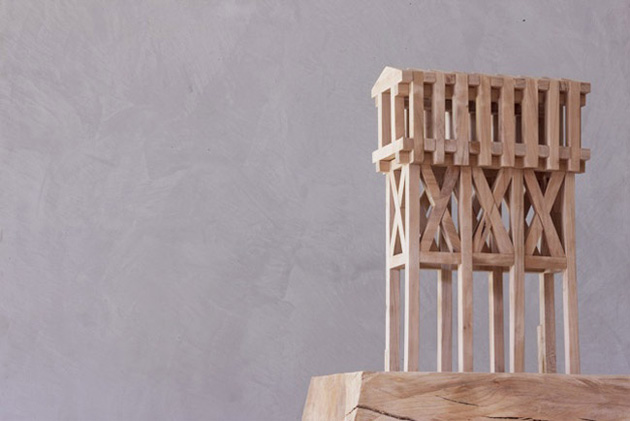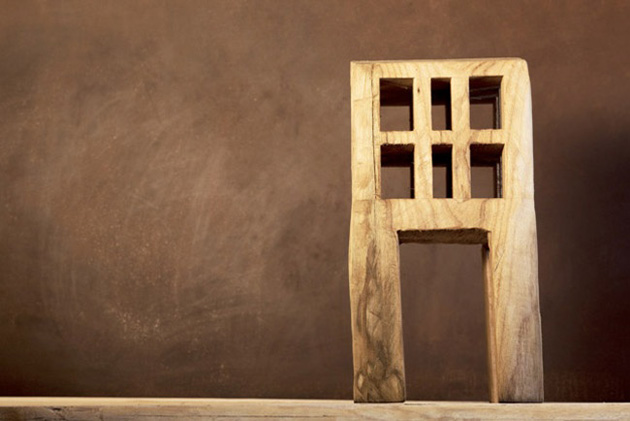It is an undeniable truth that objects speak: they speak about how they were made, about who made them, they speak about our past, present and future, but most importantly they speak to and about us, their users. Nevertheless, as Richard Buchanan states, never has one idea been so central and yet so elusive in design studies as communication. In fact, he states that “although not so obvious at first glance, the themes of communication and rhetoric in this larger field [of design production] exert strong influence on our understanding of all objects made for human use.” And yet, we cannot exactly understand how and why a certain object communicates, even less so we can clearly understand what it is supposed to convey.
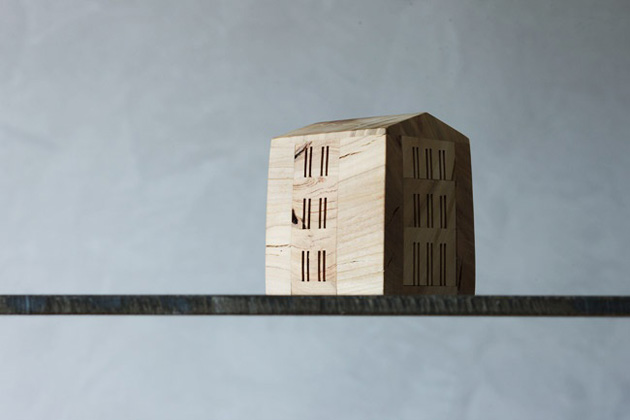
One of those objects that appear to communicate in a powerful, yet not entirely comprehensible way, was presented last week at Maison et Objet, in Paris. The object in question was designed by Michele De Lucchi for Alessi and it is a simple bamboo tray with handles shaped as tiny houses, named Quattro muri e due case (Four walls and two houses). This simple object speaks about its designer’s personal poetics and sensibility, while also speaking about values of craft and properly made objects, it speaks about ever-growing crisis in design world, as well as about us, its users.

Taking it step by step, we can analyse the material of which the tray is made: bamboo. First of all, if you are familiar with Michele De Lucchi’s work, you will surely know about his love for wood: “Wood has a great sensibility and it’s very contemporary because of the interest humans have in nature today. It’s a natural material and can be grown responsibly.” In particular, the fact that this tray is made of bamboo conditions the way it is produced. In fact, De Lucchi states that “It’s a very simple design and I would call it a craftwork product. It’s not interesting from a production point of view to mechanise such a product. So this tray is more or less produced by hand.”
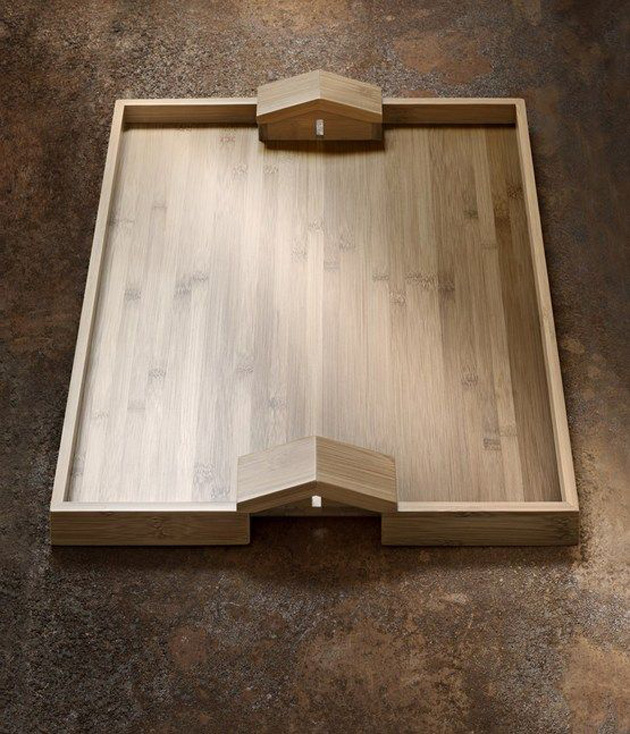
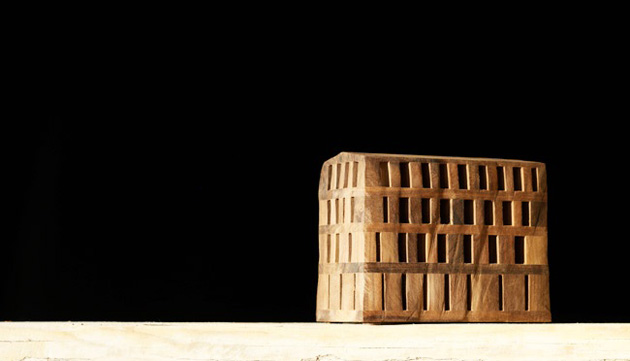
What appears to be a simple choice of materials, actually conditions the production process itself, revealing much about the present condition of design market and production. De Lucchi, in fact, reveals the inspiration behind the tray’s form: “The industrial culture is moving away from the real needs of human beings. I wanted to use this opportunity to communicate through industrial products and spread a little bit of calm, a little bit of consciousness. This is a product with a very poetic inspiration. It’s not performing any special functionality. I think what it does is bring to the table, on a small scale, a landscape – a very simple piece of land with four walls, two houses. Landscape has become a very poetic condition and something we’re increasingly worried about damaging.”
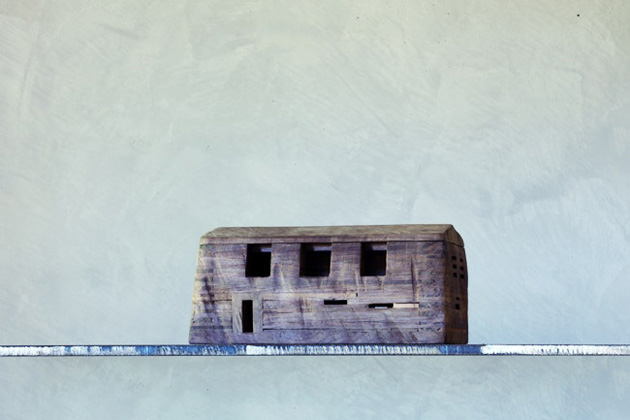
It might strike you that, as De Lucchi says, a simple object made of “four walls and two houses” can reveal so much about our culture, the way we affect our surroundings, it can reveal our values and passions. So, the next time you find yourself looking at what may appear only a simple piece of wood, metal, plastic or glass, remember that even the simplest of object shouldn’t be easily dismissed.
